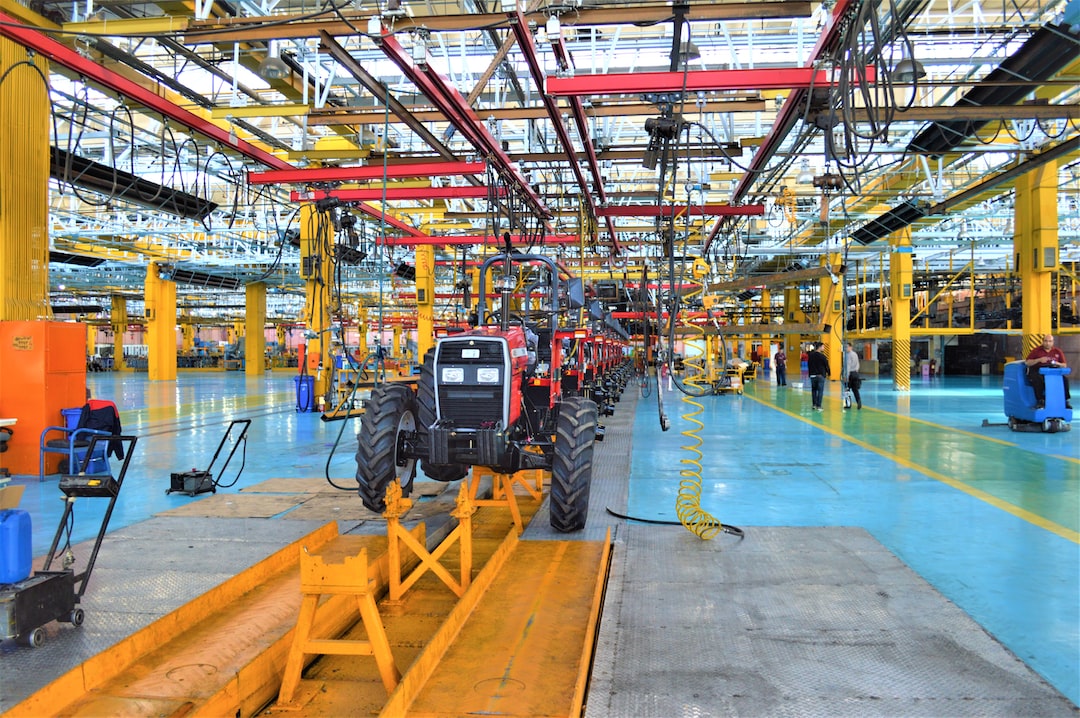Breaking Down Barriers with Digital Twin Technology in Manufacturing
Digital twin technology has emerged as a game-changer in the manufacturing industry, breaking down barriers and revolutionizing the way businesses operate. This groundbreaking technology allows manufacturers to create virtual replicas of physical assets, processes, or systems, enabling them to streamline operations, improve efficiency, and make informed decisions.
In traditional manufacturing processes, several barriers impede progress, hinder innovation, and create inefficiencies. These barriers include lack of visibility, limited access to real-time data, high costs, and risks associated with making changes to physical assets or systems. However, with digital twin technology, manufacturers can overcome these barriers and unlock a myriad of benefits.
One of the primary advantages of digital twin technology is its ability to provide real-time visibility into the manufacturing process. Manufacturers can create a digital twin of their production line, machinery, or products, which allows them to track and monitor every aspect of the manufacturing process. This level of visibility enables businesses to identify bottlenecks, pinpoint inefficiencies, and make data-driven decisions to optimize their operations. Ultimately, it leads to improved overall productivity and resource utilization.
Digital twin technology also enables manufacturers to access and analyze real-time data. By integrating sensors and IoT (Internet of Things) devices into physical assets, manufacturers can collect vast amounts of data about performance, usage patterns, and other crucial metrics. This data can then be used to create a digital representation of the asset and provide valuable insights into its operation. By analyzing this data, manufacturers can identify patterns, predict failures, and proactively address maintenance needs, reducing downtime and increasing asset lifespan.
Furthermore, digital twin technology allows manufacturers to experiment and simulate changes without any risks associated with physical modifications. Making changes to physical assets or systems can be expensive, time-consuming, and carry a significant degree of risk. However, with digital twin technology, manufacturers can simulate and test potential changes in a virtual environment before implementing them in the real world. This minimizes risks, ensures smoother implementations, and reduces downtime. Manufacturers can try out new assembly lines, reconfigure machines, or experiment with different production scenarios, all without disrupting ongoing operations.
Another barrier that digital twin technology helps break down is the silos between various departments within a manufacturing organization. In traditional manufacturing processes, departments like engineering, production, and maintenance often work in isolation, hindering collaboration and innovation. However, digital twin technology provides a common platform that brings together data and insights from various departments. With a shared understanding of the system, departments can collaborate seamlessly, share information, and work towards common goals. This cross-functional collaboration enhances efficiency, improves communication, and fosters innovation.
In addition to breaking down internal barriers, digital twin technology also facilitates communication and collaboration between manufacturers and their partners or suppliers. Manufacturers can share digital twins and real-time data with their partners, allowing them to have a better understanding of the manufacturing process and identify potential areas of improvement. This collaborative approach leads to stronger relationships, improved supply chain efficiency, and increased overall productivity.
Digital twin technology has proven to be particularly beneficial during the COVID-19 pandemic, as it enables remote monitoring and operations. With travel restrictions and physical distancing measures in place, manufacturers have faced challenges in maintaining their operations. However, digital twin technology allows manufacturers to remotely monitor and control their physical assets, ensuring uninterrupted production and minimizing the need for physical presence. Manufacturers can also simulate various scenarios, optimize operations remotely, and make timely adjustments to mitigate risks, all from the safety of their home or office.
In conclusion, digital twin technology is revolutionizing the manufacturing industry by breaking down barriers that have hindered progress and innovation. With real-time visibility, access to valuable data, risk-free experimentation, and enhanced collaboration, manufacturers can optimize their operations, improve efficiency, and make informed decisions. As digital twin technology continues to evolve, the opportunities for manufacturers to leverage its benefits will only grow, ensuring a brighter future for the manufacturing industry.

